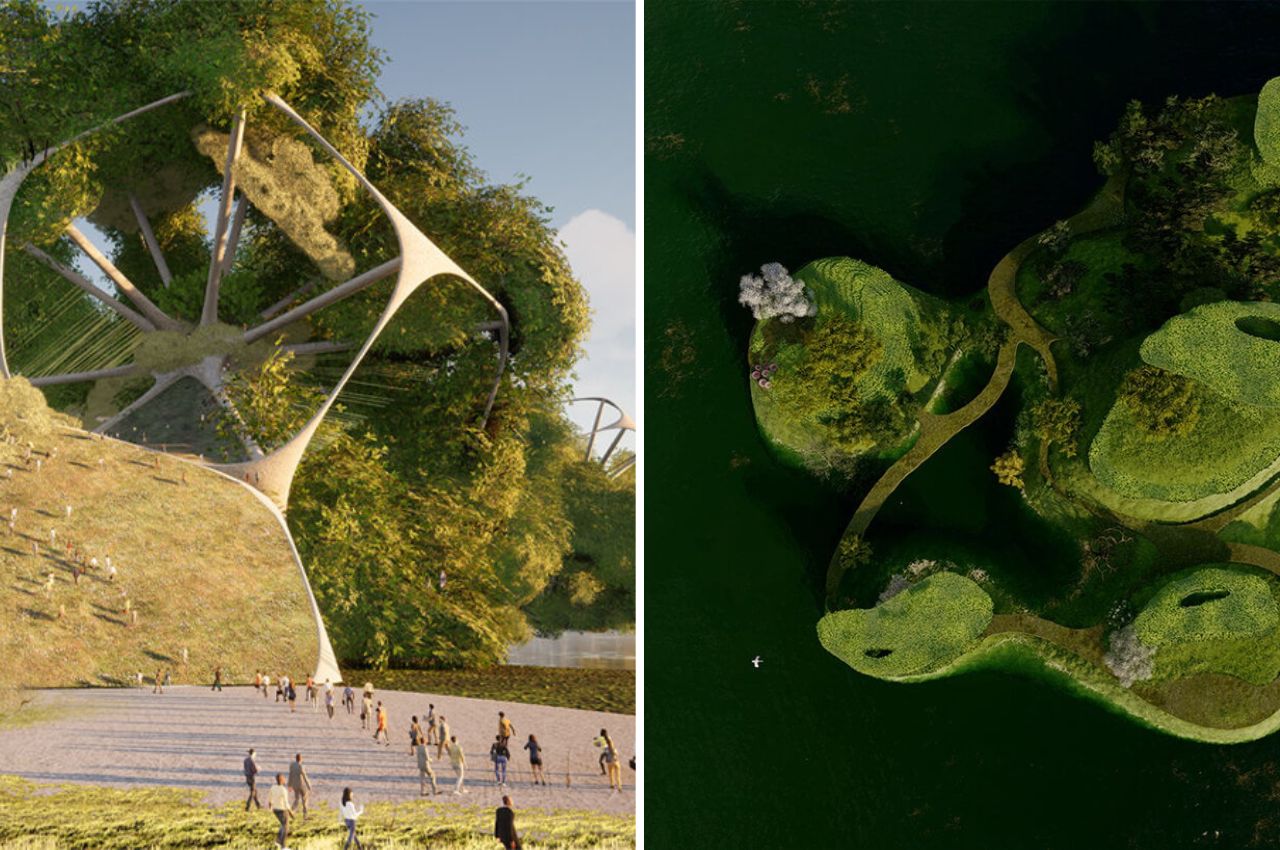
In a world grappling with rapid urbanization and its environmental consequences, the Seoul Architecture and Urbanism Biennale has emerged as a beacon of hope, inspiring architects and urban planners to envision a future where cities are green, sustainable, and in harmony with nature. This year, the fourth edition of the biennale takes center stage in South Korea, and at the heart of it lies an exhibition that pushes the boundaries of architectural imagination. Italian studio Migliore+Servetto, led by Ico Migliore, a professor at the Politecnico di Milano, has brought together a group of talented students to present their visionary projects in an exhibition titled “FUTURABILITY: Timeless Utopias for Seoul.”
Designer: Migliore+Servetto
Since its inception in 2017, the Seoul Architecture and Urbanism Biennale has been a platform for addressing the urban and architectural challenges stemming from the staggering growth of South Korea’s capital. The city’s rapid urbanization, while a testament to its dynamism, has also posed considerable challenges. The Biennale has consistently championed the cause of making Seoul a human-centered and eco-friendly city.
The Biennale is structured around five key sections: a Thematic Exhibition, a Cities Exhibition, On-site Projects, Global Studios, and educational programs. These sections provide a comprehensive framework for engaging experts, institutions, and citizens in shaping Seoul’s future. In its fourth edition, the biennale builds upon previous themes such as “Imminent Commons,” “Collective City,” and “Resilient City” by focusing on “Land Urbanism and Seoul.”
FUTURABILITY: Timeless Utopias for Seoul – A Glimpse into the Future
From September 1 to October 29, 2023, the exhibition “FUTURABILITY: Timeless Utopias for Seoul” showcases the results of the New Interiors 2 Laboratory Course, guided by Ico Migliore at Politecnico di Milano. This master’s degree course encouraged students to contemplate Seoul’s future, imagining the city as a green and sustainable utopia that reintegrates its urban fabric with nature.
The exhibition unveils ten futuristic design scenarios for “inhabited bridges” spanning Seoul’s iconic Han River. These projects were chosen from an international pool of 40 submissions, including entries from esteemed institutions like the Architectural Association School of Architecture in London, Pratt Institute in New York, Academy of Art University in San Francisco, and Aalto University in Helsinki. Out of these, two groundbreaking proposals have been selected for a detailed presentation, complete with drawings, renders, sketches, videos, and a 3D-printed model.
BACK TO NATURE – A Bridge to a Sustainable Future
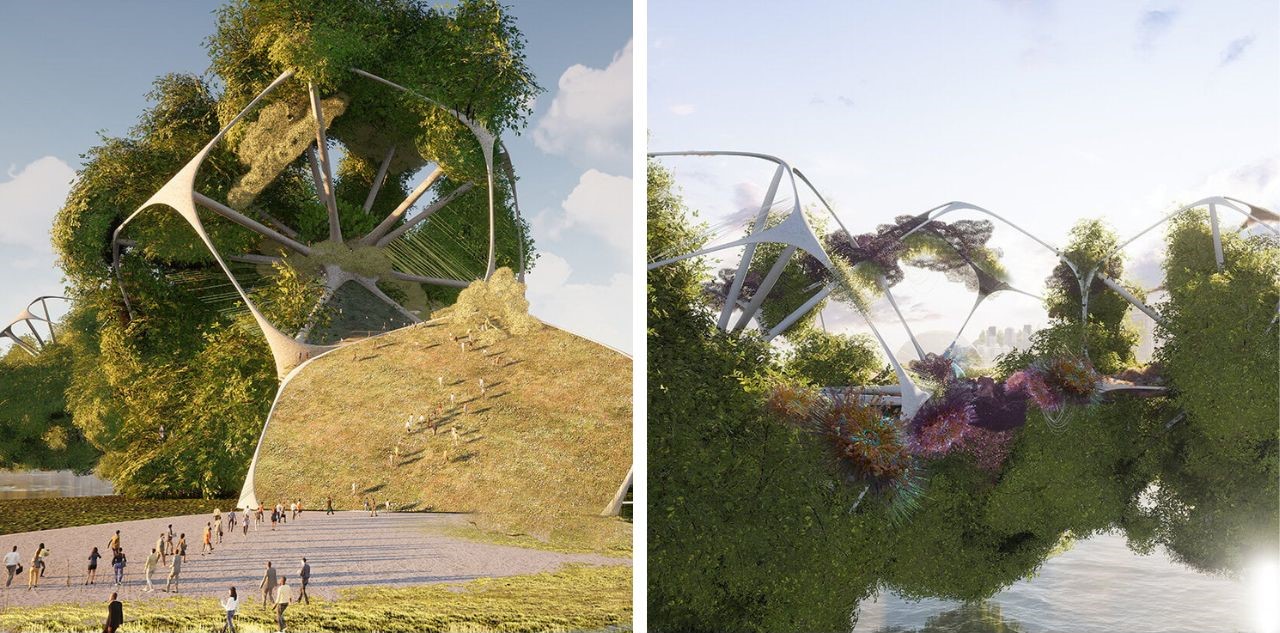
The first winning proposal, aptly named “BACK TO NATURE,” is a collaborative effort by students Ala Zhyvulka, Alice Bazzucco, Giuseppe Addati, and Lorenzo Sardella. Their vision of the Han River bridge is a skeletal marvel, consisting of 13 dodecahedron-shaped modules joined using magnetic fields, allowing the bridge to float gracefully on the river’s surface. These modules serve as the stages of food production: Growing, Distribution and Consumption, and Upcycling.
What sets this proposal apart is its commitment to sustainability. The bridge not only provides a platform for food cultivation but also ensures that no resources go to waste. Any uneaten or discarded food is collected and recycled in a transparent sphere, promoting a circular economy.
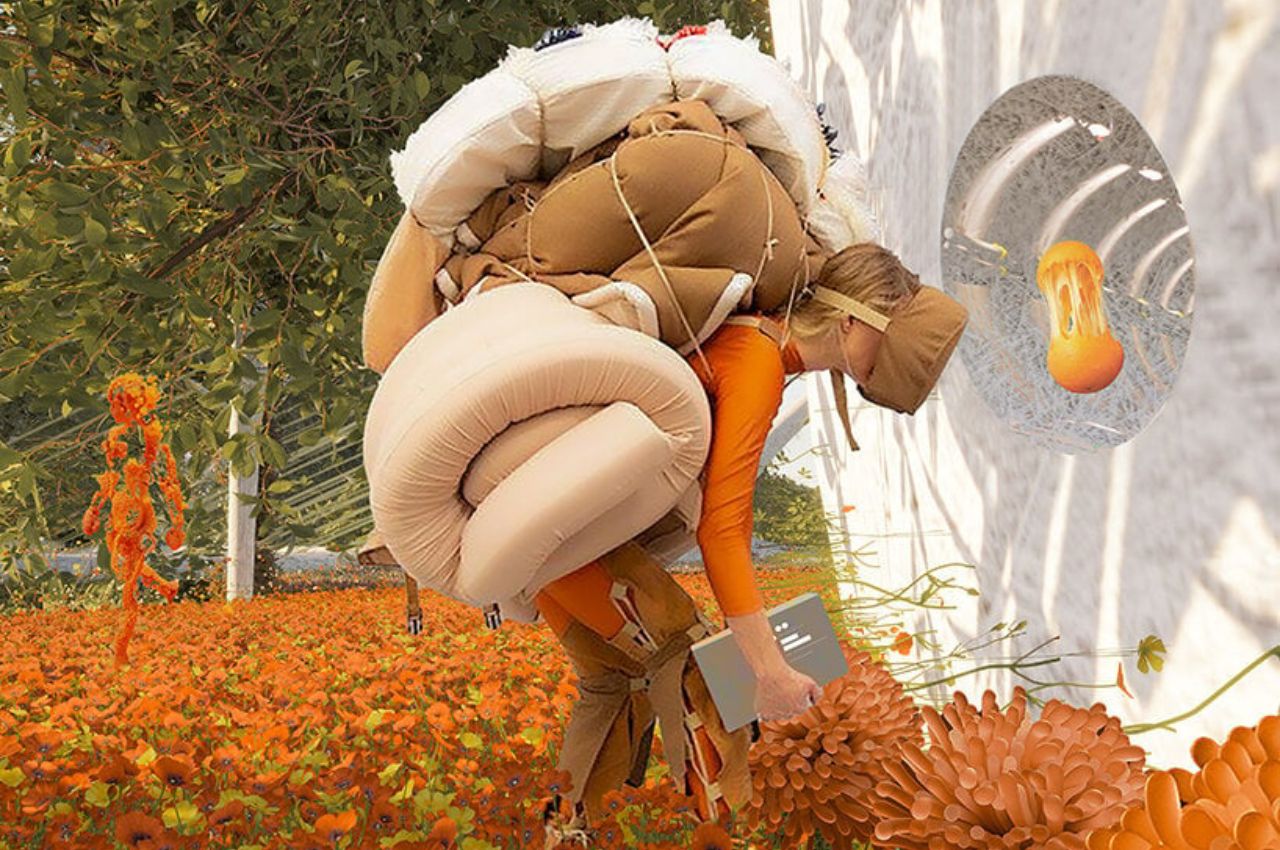
The central core of the bridge is made from bio-based materials sourced from recycled food, providing a sustainable and porous foundation for the growth of nature. This unique blend of architecture and ecology is a testament to the harmony that can be achieved between humans, artificial intelligence, and the natural world.
THE BREATHING BRIDGE – A Living Organism
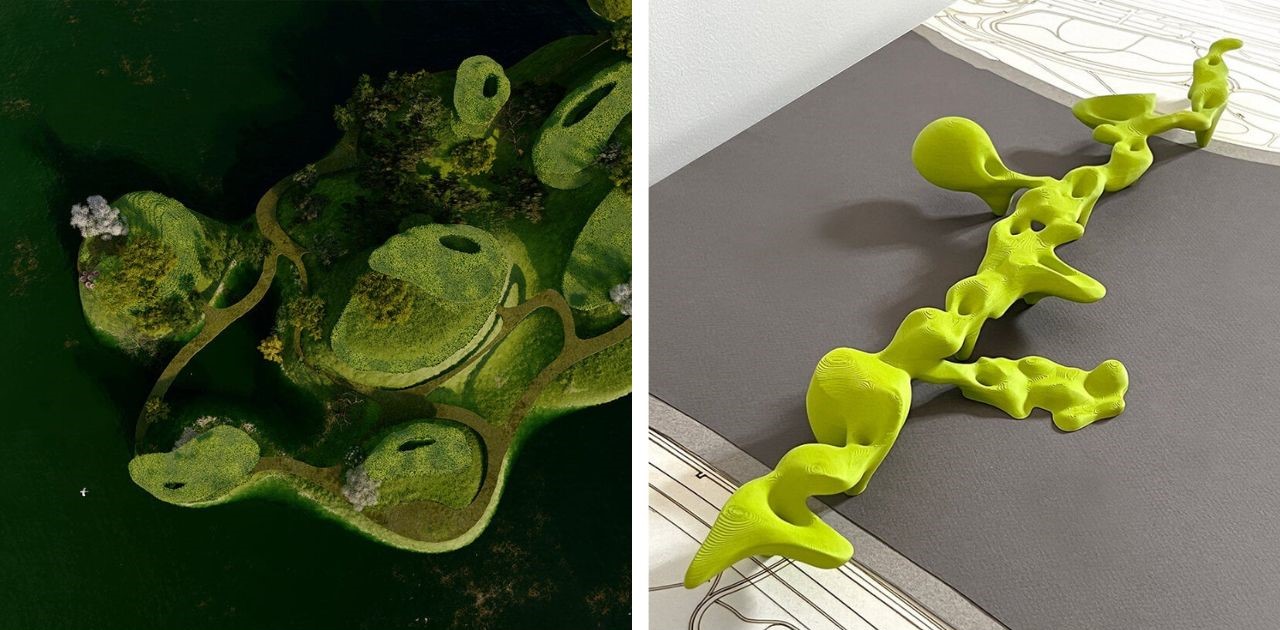
The second winning proposal, “THE BREATHING BRIDGE,” is the brainchild of students Wanqing Yue, Veronica Piunti, Wen Wen Liu, and Yue Zhao. This modular structure reimagines the bridge as a living being that not only connects people but also absorbs and transforms the energy of the city and its inhabitants.
Inspired by the natural breathing process, the bridge adapts to its environment over time. Its design mimics the contours of South Korea’s landscape, encouraging free body movement, recreational activities, and communal gatherings. Inside, galleries provide a serene space for relaxation and interaction, while the membrane covering the modules filters pollutants and harnesses solar energy, ensuring sustainability and environmental harmony.
Migliore+Servetto – Cultivating Cultural Seeds in Seoul
Beyond their involvement in the Seoul Biennale, Migliore+Servetto continues to make a significant impact on the South Korean architectural landscape. They have been invited to participate in the KIA Convention & Exhibition 2023, focusing on the evolution of urban architecture. Here, they explore the concept of “Cultural Seeds,” a concept they have been refining for years. Cultural Seeds represent cultural spaces within cities that activate urban fabric and promote long-term evolution.
Finally, Migliore+Servetto will take center stage at High Street Italy, a multifunctional space in South Korea promoting “Made in Italy” design. Their installation and remarkable performance, accompanied by participation in an international conference, underscore their commitment to fostering Italian-Korean synergies.
In a world where the future of our cities is increasingly uncertain, the Seoul Biennale 2023 and Migliore+Servetto’s visionary contributions remind us that the power of design and innovation can shape a more sustainable, harmonious, and beautiful urban future. As Seoul continues its journey towards becoming a green and sustainable utopia, these timeless utopias showcased at the biennale may become a reality, inspiring cities worldwide to follow suit.
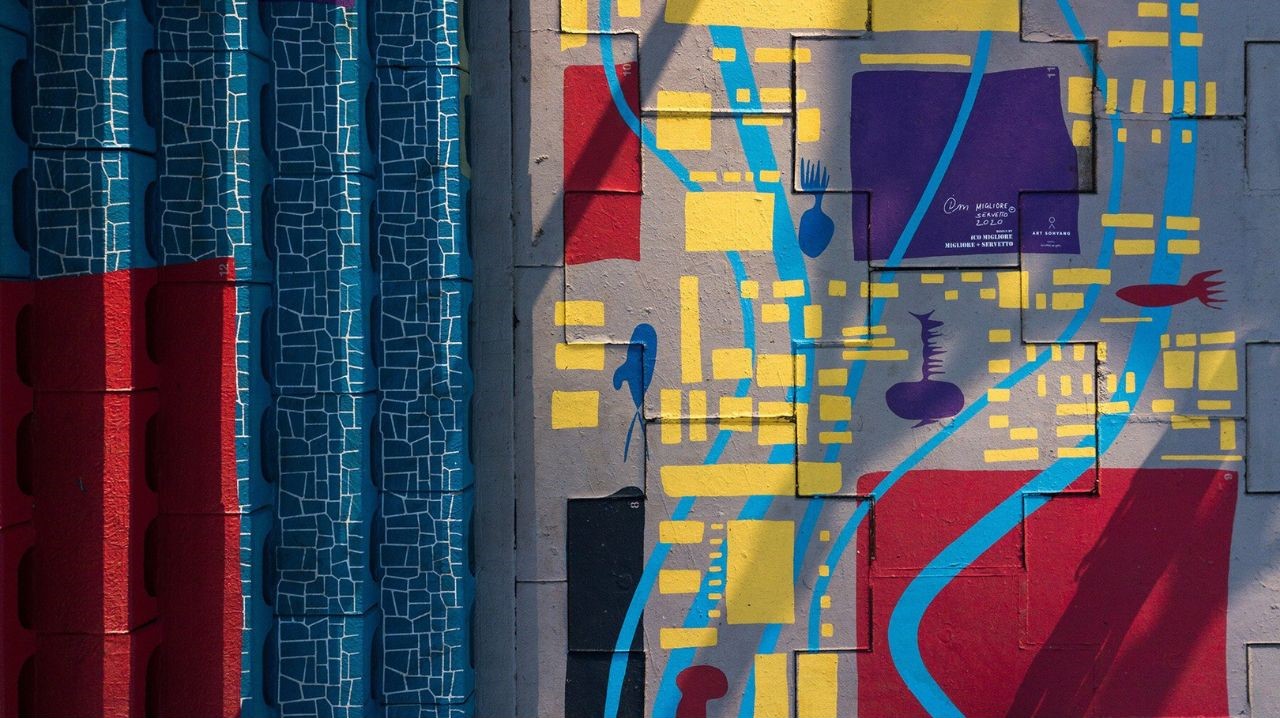
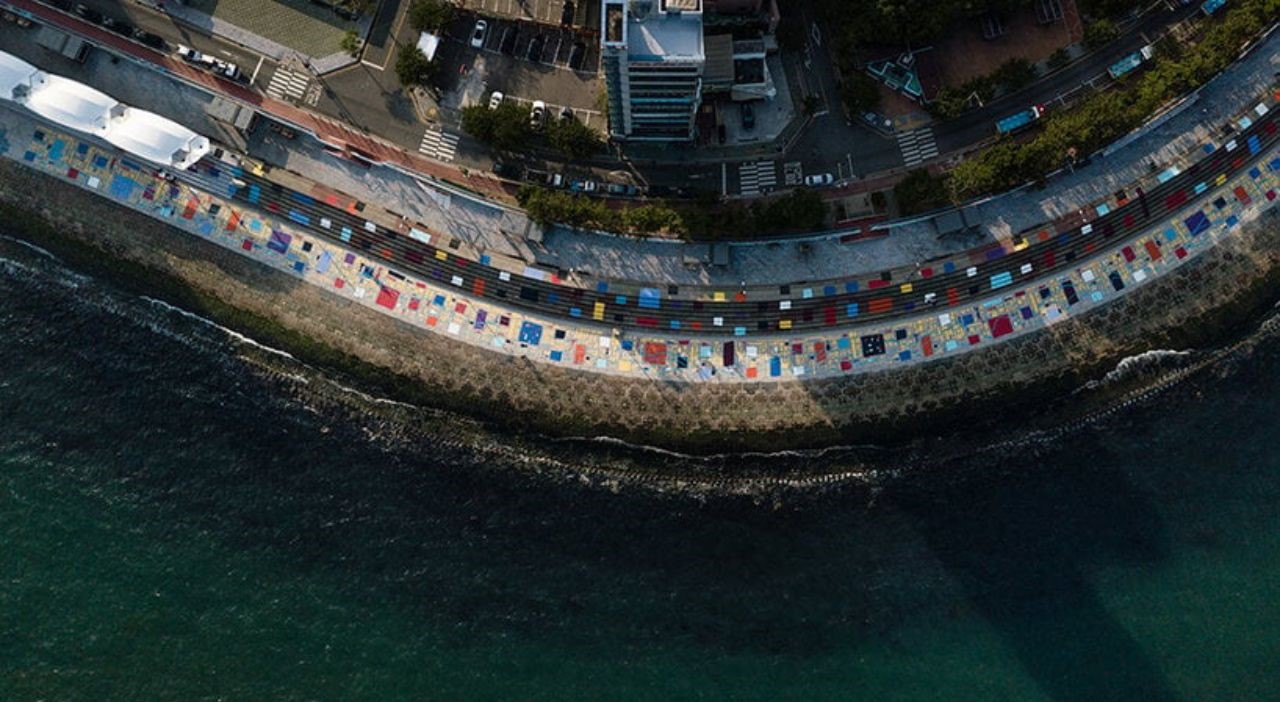
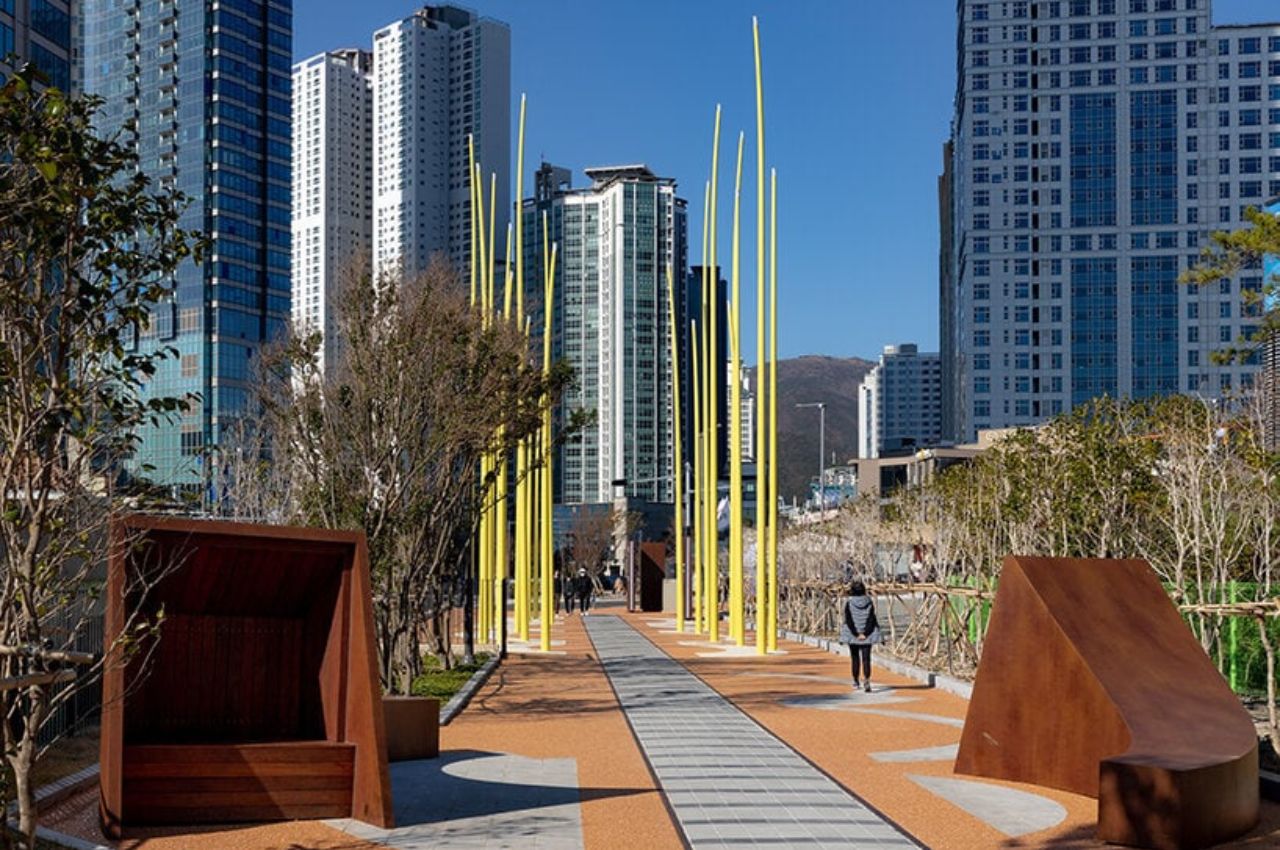
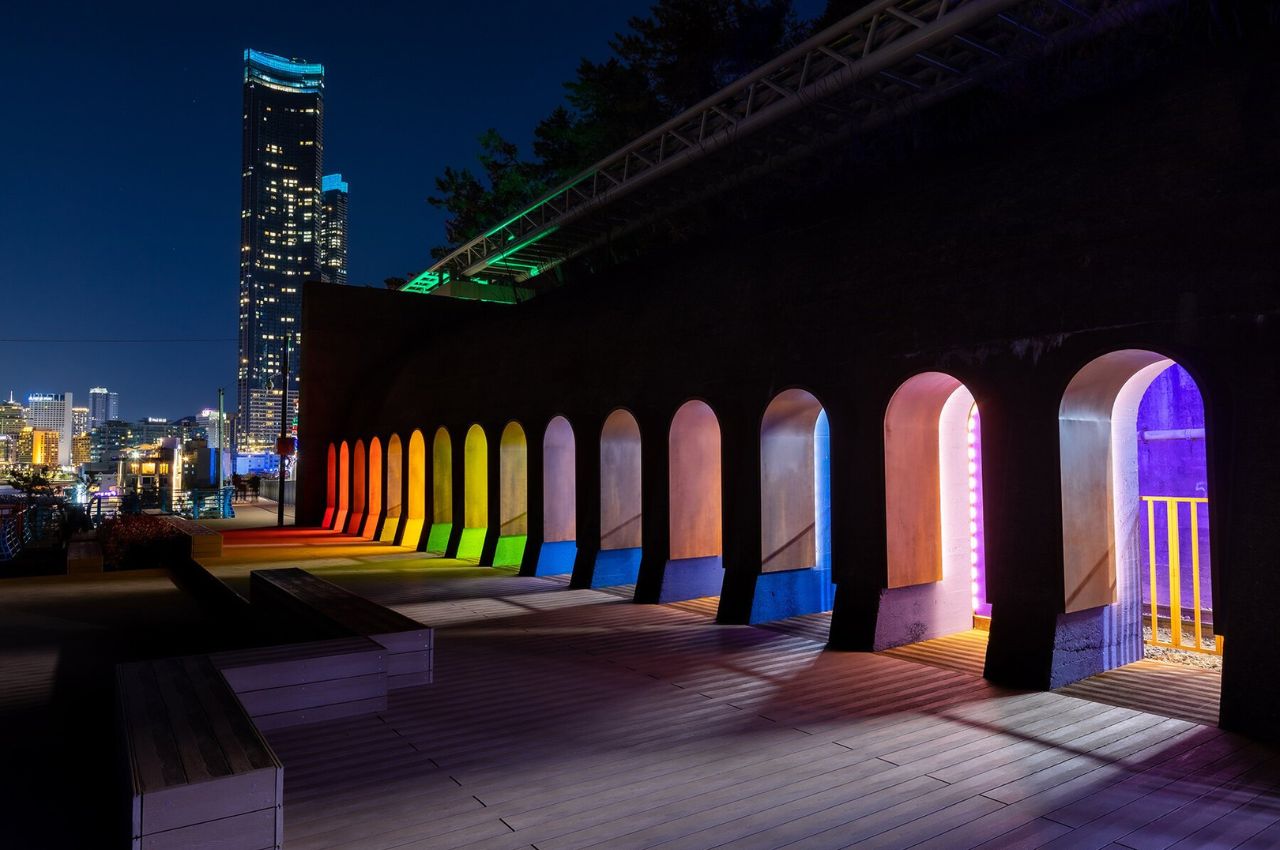
The post Seoul Biennale Showcases Opportunities for Coexisting With Nature for a Sustainable Future first appeared on Yanko Design.
from Yanko Design

0 Comments